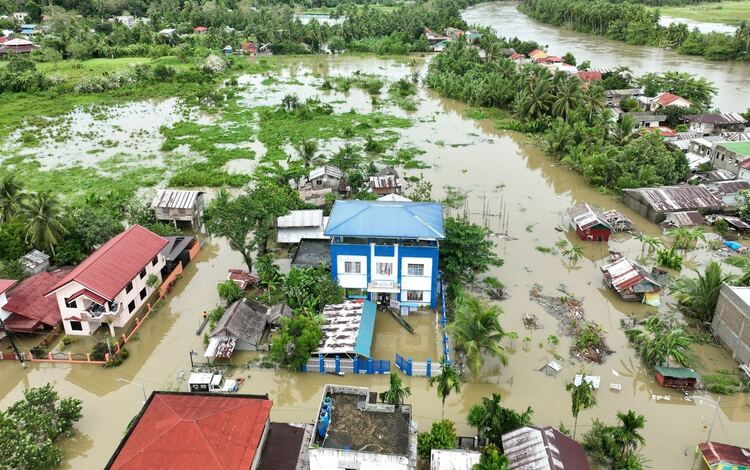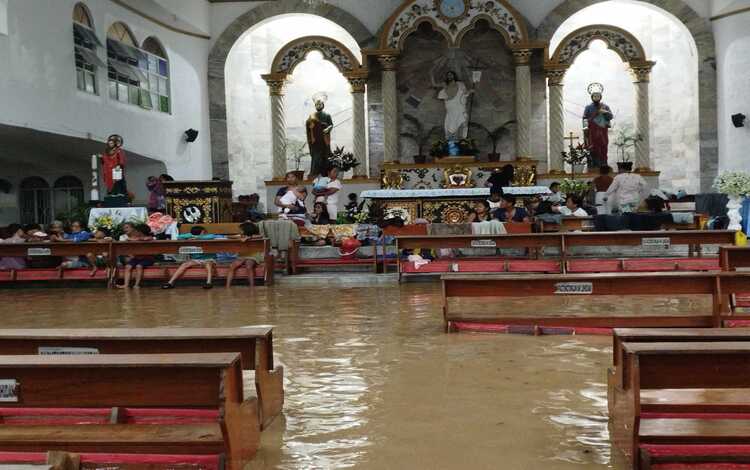Typhoon Kristine, internationally known as Trami, has left a devastating toll across the Philippines, with the death and missing persons count now nearing 130, officials reported Saturday. Heavy rains triggered widespread flooding and landslides, with the northern regions hardest hit. As Typhoon Kristine exited the Philippine Area of Responsibility on Friday, authorities confirmed at least 85 fatalities and 41 people still missing, as rescue operations remain underway.

Search and recovery teams, including police, firefighters, and local volunteers, have intensified efforts to locate the remaining missing persons. In the lakeside town of Talisay, Batangas province, rescuers discovered one of the last missing individuals on Saturday. Emotional scenes unfolded as families awaited word on their loved ones; one father, believing the recovered body was his 14-year-old daughter, tearfully awaited identification confirmation from authorities.
In a makeshift funeral area at a town gymnasium, over a dozen coffins have been arranged for those found under the mud and debris from landslides. President Ferdinand Marcos Jr. visited the affected regions and expressed the need for stronger flood control systems, noting that in some areas, the storm had delivered the equivalent of one to two months’ worth of rain in just 24 hours.
“The water was just too much,” President Marcos said, emphasizing that ongoing rescue operations are challenged by the isolated, still-flooded areas. He also discussed plans for a major infrastructure project to address the increased climate-related threats that exacerbate such natural disasters.
The typhoon displaced millions of residents, with nearly 500,000 people taking refuge in over 6,300 emergency shelters. An emergency Cabinet meeting Saturday highlighted concerns about a potential U-turn by the storm due to shifting wind patterns over the South China Sea, raising the possibility of further impact.
The government suspended classes, closed government offices, and halted ferry services for three days, disrupting the lives of thousands across Luzon Island. While many areas experienced clear skies on Saturday, allowing for cleanup efforts, relief operations remain urgent for communities left in disarray by the storm.

Typhoon Kristine is the 11th storm to hit the Philippines this year, a country prone to about 20 such events annually due to its geographical location. The nation still recalls the devastation of Typhoon Haiyan in 2013, which resulted in over 7,300 deaths or missing persons, underscoring the critical need for disaster preparedness and climate-resilient infrastructure.
